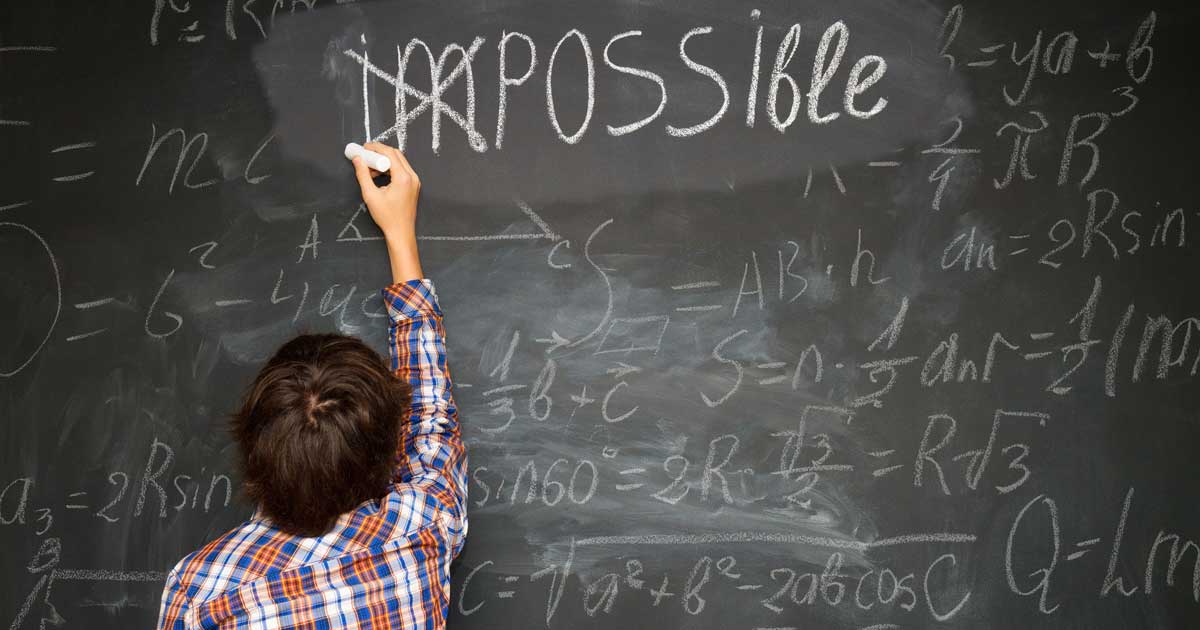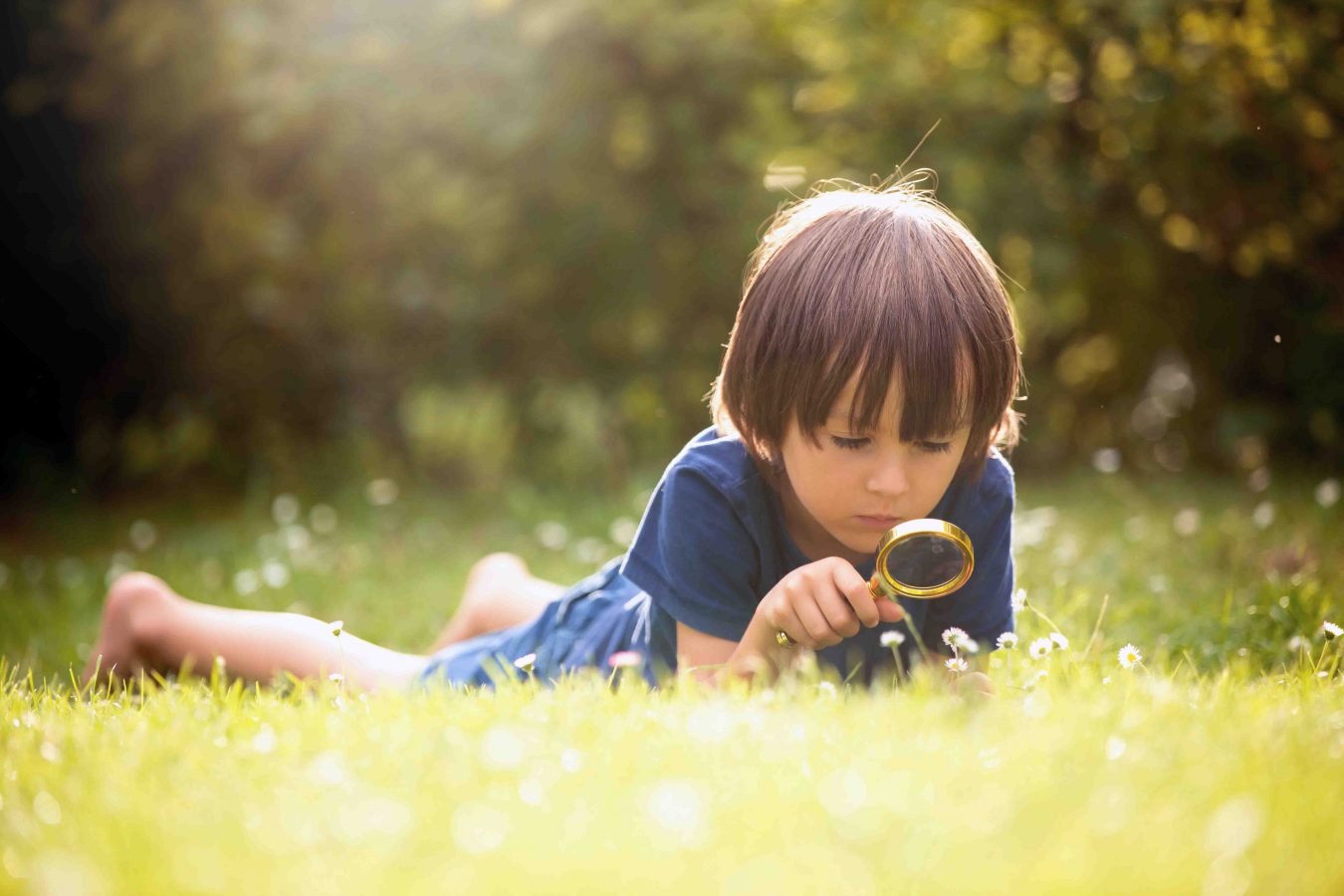
Every child is curious – we just need to know how to motivate them. Emily Boudreau looks at the latest research and ideas, in this article from Harvard's Graduate School of Education.
Educators have long posited that inquiry-based learning – posing a particular problem or setting up an experiment – gets kids engaged and asking questions about the world. But are those expressed behaviors really signs that kids are curious, and can that curiosity be fostered in the classroom?
According to cognitive scientist and researcher Elizabeth Bonawitz, curiosity is innate in all humans – a sensation much like hunger or thirst. ‘Curiosity acts as a kind of filter you put over the world to help the mind decide what information to attend to,’ she says. ‘It’s a physiological response that helps drive action and decision-making to support learning.’
To help educators and parents better understand how to motivate that innate curiosity in children, Elizabeth offers three insights from emerging research that might shift the existing paradigm.
1. There’s no scientific evidence that you can 'foster' curiosity as a trait – but you can create situations that prompt and guide a child’s curiosity.
‘I want to revise the thinking that someone can be a “more curious person,”’ Elizabeth says. Instead, she sees curiosity as a natural response to information. As such, a person’s baseline state of curiosity may not be malleable in and of itself. What educators and parents can foster are the specific contexts that provoke curiosity for certain kinds of information.
‘I want to distinguish this understanding of curiosity in a moment, a state of curiosity, versus something that is a human condition that’s going to exist regardless,’ Elizabeth says. Instead of trying to make kids ‘more curious,’ educators and parents should focus on creating moments that generate a curious response.
- Highlight ambiguity. Children as young as 4 years old can recognise conflicting pieces of evidence and perceive a mismatch between a prediction and an actual occurrence. This discrepancy automatically sparks curiosity.
- Help students recognise gaps in their current knowledge. Elizabeth and other researchers suggest that when children feel their explanation or understanding is insufficient, they will seek out additional information.
- Get children to generate predictions and engage their assumptions about the world through tailored questions designed to direct their attention to a specific phenomenon. Elizabeth calls these kinds of questions pedagogical questions. Under this kind of scaffolding children can actively engage prior beliefs, see a mismatch, and direct their attention accordingly.
2. Most of the ways we measure and assess curiosity don’t actually measure curiosity itself.
Traditionally, educators, parents, and even researchers have looked for evidence of curiosity in a child’s actions instead of measuring the internal state. As such, Elizabeth cautions, we can’t actually tell what’s happening inside a child’s mind. ‘While these actions could be showing curiosity, these measurements don’t necessarily tap into all those other kids who are likely experiencing curiosity but not acting on it.’ There are many outside factors that complicate whether a child acts on their curiosity.
- Model curiosity. Parents and educators can show children that exploring the world is a valued trait through their own actions and explorations.
- Empower students to feel like their curiosity will pay off. Often, children won’t act on their curiosity because they might not feel confident in their ability to resolve their curiosity. Scaffolding these explorations can build confidence and independence.
- Lower the costs or barriers for pursuing curiosity. Children can often feel like there’s no time for questions or they’ll be negatively regarded by their peers for asking questions. Reinforce the idea that the classroom or home environment is a safe space to ask questions.
3. We may not always want students to exercise their curiosity.
If a child is wrapped up in trying to solve a problem, they may be missing out on valuable new information. The skills associated with making these decisions – like executive function abilities that support this metacognition – can take a long time to develop. ‘They require brain infrastructure that’s not fully in place in the early elementary years,’ Elizabeth says. ‘So when we’re thinking about pushing curiosity, it’s worth thinking about the tradeoff between that and developing the skills for balancing and regulating things like task switching.’
- Help children evaluate tradeoffs. In addition to encouraging exploration, also consider encouraging them to evaluate when it may be better to go with what they already know. This can be helpful in setting goals for learning.
- Build concrete knowledge. Direct instruction can be an effective way to help children quickly learn facts and key ideas needed to support richer knowledge development. Efficient initial dissemination of information can thus support later curiosity-induced self-guided learning.
Key takeaways
- Start off with the assumption that all children are curious.
- Provide an environment where children feel they can ask questions and have the necessary supports to guide their exploration.
- Provide opportunities for children to develop metacognition through building executive functioning skills alongside opportunities to explore and ask questions.
About the article
This post originally appeared on Usable Knowledge, Harvard Graduate School of Education. We thank them for allowing us to republish it on The Parents Website.
Like this post? Please share using the buttons on this page.
Subscribe to The Parents Website

